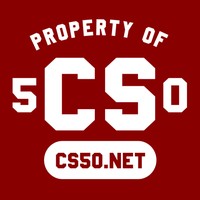La majoria dels ecosistemes, com ara botigues d'aplicacions estan obertes o comissariada. Però per què no podem tenir les dues coses? Bé, podem — tot el que necessita és tres verbs: publicar, trobar, i com. Això va per la tecnologia i tota la resta.
En general, hi ha dues opcions a l'hora que desitja publicar una aplicació: publicar-lo en una cosa semblant a l'App Store de iOS (on la gent va a trobar la seva aplicació, però els col·laboradors d'Apple poden negar la seva presentació) o simplement posar-lo al seu lloc web (on és fàcil per publicar, però no es garanteix que ningú ho veurà.) Not the greatest set of options.
Isn’t there a way to combine the strengths of both of these to make for the best possible experience for both publishers and consumers? I think there is. It’s called an open and curated ecosystem. Let’s take a look at:
- What open i curated ecosystems are
- Examples of open and curated ecosystems
- What you need to make an open and curated ecosystem
- Examples of these ecosystems beyond just technology
and see if we can discover something about the power of crowdsourcing, innovation, and the three verbs publicar, trobar, i com.
Curated vs. open ecosystems
The iOS App Store and open internet, among others, are app ecosystems — places where apps can be published and found. And I think the big factors that differentiate one ecosystem from another are whether the ecosystem is open, where anyone can publish apps and whether it is curated, where the best apps rise to the top and users are assured quality apps. That’s the major difference between the iOS store and the internet at large, which I mentioned earlier.
Let’s look at examples of curated and open ecosystems and what differentiates them.
Comparteix aquest article:









